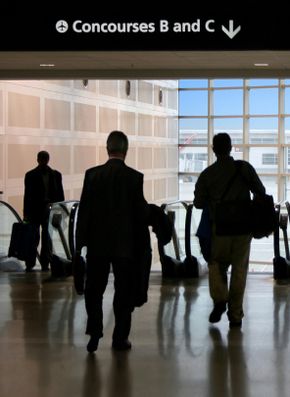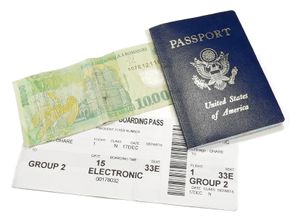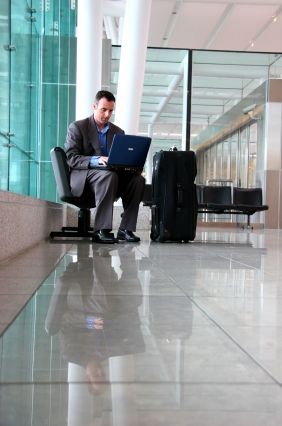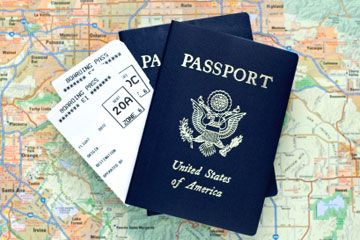The sight of flustered air travelers digging madly through their belongings for an elusive ticket has become rare at airports in recent years. That's because more people are relying on electronic tickets, or e-tickets, when they fly.
An e-ticket carries the same information as a paper ticket. The major difference is an e-ticket is located in an airline's computer database, instead of the passenger's suitcase. It is an electronic record of the traveler's airline reservation, containing information such as the time, date and place of the flight, airport, seat assignment and travel class. At the gate, e-ticket passengers need only show a valid photo identification card such as a driver's license to claim their spot on the aircraft. Once the airline confirms the traveler's information, it issues a boarding pass that the traveler uses to board the plane.
Advertisement
Traditional travel companies, such as airlines or travel agencies, can assist travelers with obtaining e-tickets. But improving Internet technology also allows passengers to book their flights on their own. In fact, the passenger who uses this self-serve option may not even come into contact with the airline until arriving at the airport and presenting his ID.
To issue e-tickets, airlines must have a database that is integrated with an airline's passenger service system. That is then connected to all other partners -- airlines, airports, ground transportation and travel agencies, for instance -- to share real time information.
To book themselves on a flight, travelers can visit any number of Web-based ticketing sites. Once there, they can view the options available and use a credit or debit card to pay for their ticket. After placing the order, the electronic record of the ticket goes into the airline's database, where it holds the passenger's spot.
E-tickets have virtually replaced traditional paper tickets in the majority of airports and airlines around the world. A recent survey by the International Air Transport Association, a trade organization representing 94 percent of international air traffic, estimated that air carriers worldwide would achieve 92 percent e-ticket penetration by December 2007. In the United States, the survey estimates a 97 percent penetration. The association's goal is to have 100 percent e-ticketing used by all air carriers worldwide by May 2008, though analysts say some airlines will continue issuing a very small percentage of paper tickets.
Advertisement




